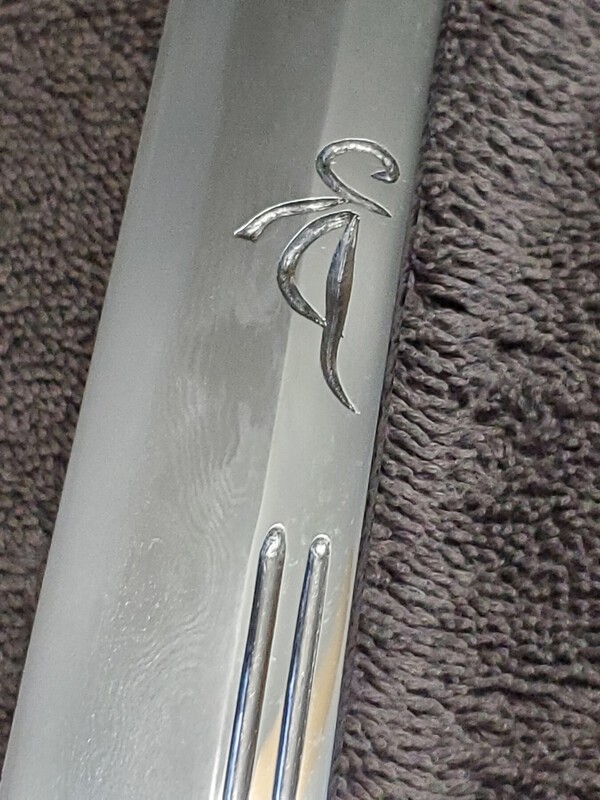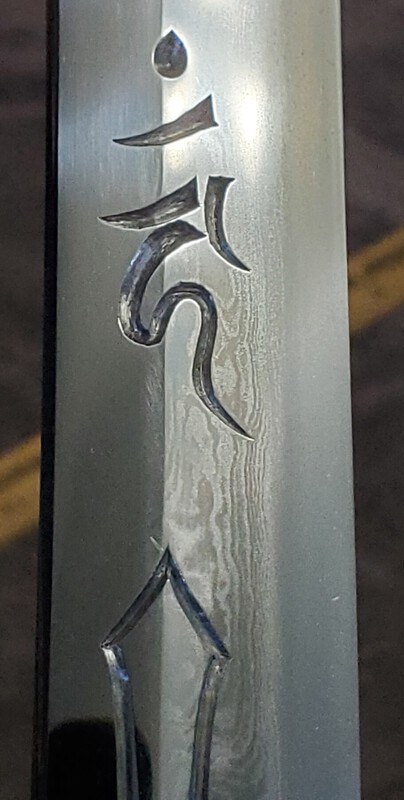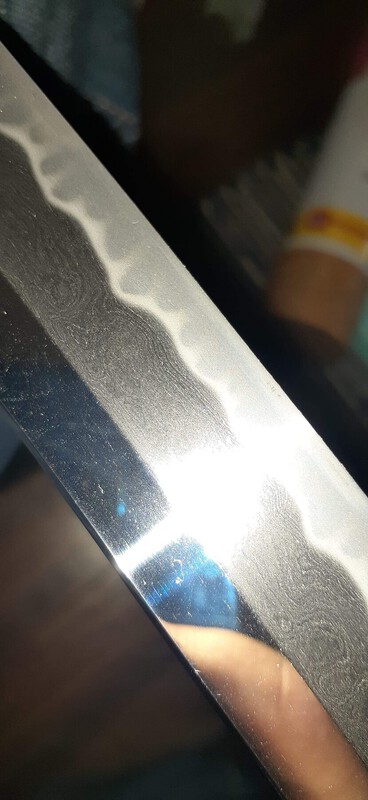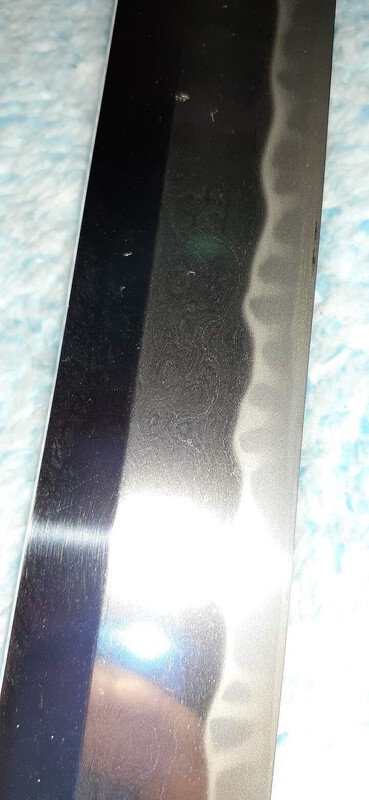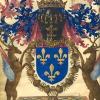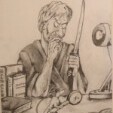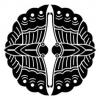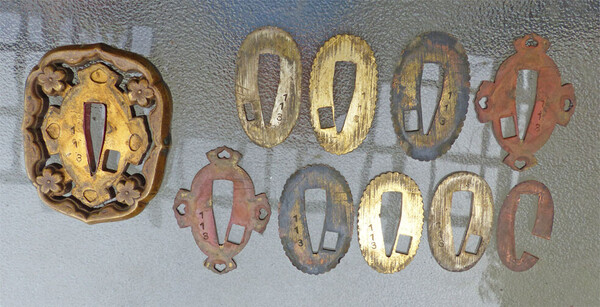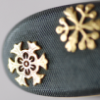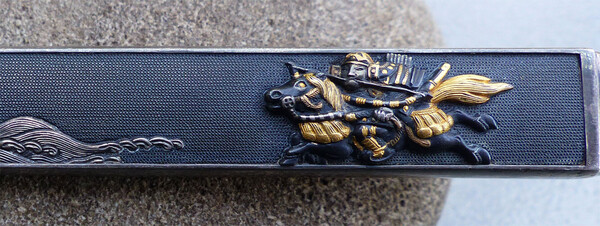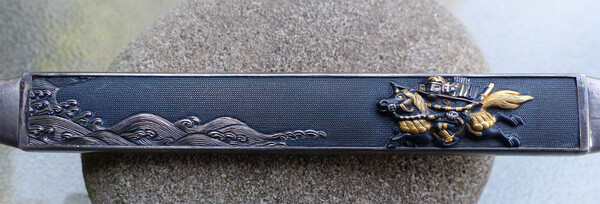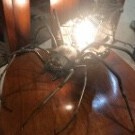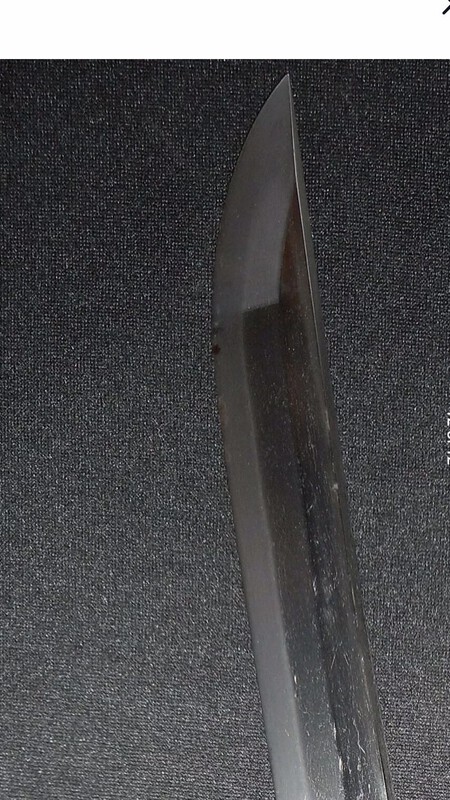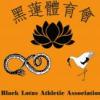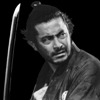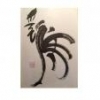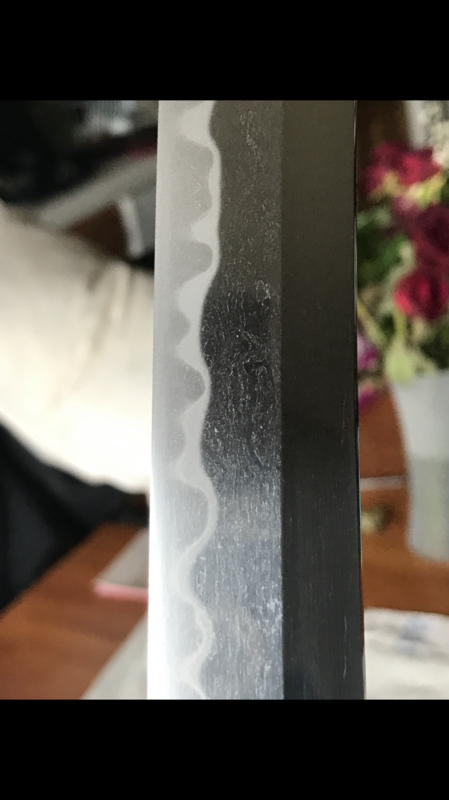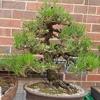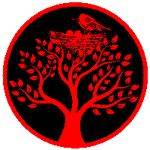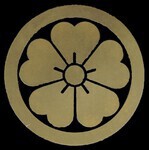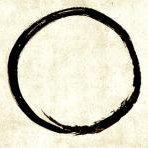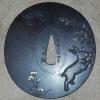Leaderboard
Popular Content
Showing content with the highest reputation on 10/19/2020 in all areas
-
6 points
-
5 points
-
Here is an example of what craftsmen did to make a living after swords were banned. This is a fine example of a Japanese teapot. The teapot is hand hammered copper with beautiful dark red patina. It is decorated with shakudo, gold and silver with silver eggplants on vines with deep dark hand engraved shakudo leaves. Gold flower buds with a gold inlaid shakudo butterfly. The top is decorated with shakudo vines and a gold flower. The interior of the teapot is lined with silver. The piece is signed Yasuchika (1670 - 1744) who was very important craftsman in Japanese metal working history. However, this teapot was produced in the Meiji-era when craftsmen had to find a market for their skills other than sword furniture. The Yasuchika family continued metalworking for 6 generations.4 points
-
Dear Robert. Well, I'll bite. Hirado Kunishige school. As you say some typical features and some not so typical. The piercing is unusual, as is the sense of squareness of the mimi. Also the carving in the panels on the mimi. Looking forward to what you are going to tell us on this one. Reasons for: Moko gata in shinchu, Namban type seppa dai, both hitsu shaped for kogai, raised mimi with carved cartouche, carving lower than the mimi with textured border, peony decoration, style of carving...........3 points
-
Yepp, i do agree.... those are coming the more and more scarce... do keep it! its Hizen...and Hizen did it always excellent! ( just see their´s formidable blades they did! ) very nice! Christian2 points
-
To clarify, NOT Pier's one. The one linked from Aoi. TBH..I am really not even sure what we are discussing anymore. What else is there to debate?2 points
-
I would suggest, remounted at least once in its life, but had at one time two mekugi, something that is seen even on old mounts from time to time. It's one of those odd features seen on the swords of people with a real interest in swordsmanship, like full same and a scabbard hook and predates WW2.2 points
-
Brian wrote: " If you ever think it's worthless...I'll gladly take it off your hands at cost" +1 🙂 And I'm not even a Mishina School fan!!2 points
-
Piers, That is so far from reality that it needs no reply. And he can't anyways, as he is on moderated posting and I only approve vital ones. Ignore that. Every one of us wants your sword. It is a beautiful sword, in polish, with classic sudareba, nicely signed, clearly shoshin, published in a famous book. How many of us can say that? If you ever think it's worthless...I'll gladly take it off your hands at cost 🙂2 points
-
2 points
-
2 points
-
2 points
-
1 point
-
1 point
-
Just purchased this koto blade dressed in WW2 Gunto. Tight noi guchi with bright nie with what appears to be saka ashi. Looks like fine mokume hada with tangles. Deeper curvature. Blade 70.5cm. Looks like okissaki. Have not received blade yet to inspect closer. What do you guys think from the limited photos so far.1 point
-
1 point
-
Absolutely beautiful pour kettle or pot. Unfortunately, not Tsuchiya Yasuchika- as mentioned earlier in this thread. Yet pretty great work. Total pleasure to look at it.1 point
-
Good for you. They will make people jump through so many hoops that they give up. Standard legal process. Give Mazie a call too, big gun or is that shogun, haaaaa. John1 point
-
Just found this site, with multiple high-definition pictures for each sword.1 point
-
1 point
-
1 point
-
I had a couple over the years, but none showed that type of potential. Thats a treasure. Mal1 point
-
1 point
-
So very fine...had one really close to yours tad different hamon but think it was because of Hofine polish. Hada spot on...my favorite blade hands down, i rue the day i sold it. So good to see that wet swirling look again. Thanks for sharing!!!1 point
-
Brodie, that is gorgeous mate, I am insanely jealous, wish mine were that nice. Got a few of his, one papered and polished, yours leaves mine for dead!1 point
-
Trust me that it's no better in the U.S. I sent a new laptop computer to my sister, in its original box, & insured for $500. It got to her, with the box opened, & the screen smashed in. The post office refused to even open a case, let alone pay the insurance! I went to their Inspector General, who just referred me back to them. So, I'm meeting with our Congressman, who I happen to know, & we're going to get some people fired, federal employees or not!1 point
-
1 point
-
Bruce, Interesting, so perhaps tells a story of either the Japanese soldier climbing the ranks or the us soldier piecing it together to take it home. Stephen, didn't purchase it, just came across it and hadn't seen a nakago like that one. Found it interesting and knew I'd be able to learn about it here. The price is higher than I'd want to pay even though i think its really neat and I think its a showato blade. I have to constantly hold myself back from spending anything while new house hunting and refinancing a rental property. But once that's all done I shall reward with a sword!1 point
-
1 point
-
I personally don't think Aoe is in the cards here. More detailed pictures of just single area showing hada would be very helpful. A guess from a non-expert who wishes to be corrected as always: Hamon is glassy with very little vertical variation and tight nioguchi, there is masame in shinogi ji which sort of suggests shinto , but the hada is quite coarse and large featured which is quite unusual for shinto, and strongly hints towards koto, and possibly later Muromachi. Mino would fit well, but suguha Mino like Kanenobu etc. tends to be with stronger yamato flavor and more nie. Echizen Rai.... does not exactly feel like it. Sue Mihara tends to have very prominent mokume and overall quite standing out hada. Sue-Bizen... Lots of maybes without better pictures. Kirill R.1 point
-
1 point
-
Chris, you are (unfortunately) right. DHL is a disaster. I am always concerned about whether the package I sent will arrive. I think some of the members know this feeling. (a long time ago) postman was a respected trustworthy person.1 point
-
Some people really need to get out of their armchairs, and look at actual swords … First of all, it’s sumigane: 墨鉄 “ink steel”, also called namazu-hada 鯰肌, lit. “catfish skin”. Both terms aptly describe darkish areas of jigane that stand out; the keyword here is “jigane”, not shingane / shintetsu 心鉄, “core steel.” As already pointed out, sumigane is a major kantei point of Aoe swords, along with dan-utsuri. Jizukare 地疲れ, “tired ji“, are dark, rough spots consisting of exposed shingane, usually due to overpolishing. Areas of jizukare don’t show any jihada. Once you’ve seen sumigane and jizukare in person, there’s no confusing the both. The photos – and probably the state of polish – of the sword in question make it very difficult to see if it has jizukare or not; what I see, however, are numerous kitae-ware. Pictures of the nakago would be helpful, but my impression is that we’re looking at a shin-shintō. The nice sugata (insider joke alert!) can’t make up for the poor workmanship, and (from what I see) cobbled together koshirae. I don’t consider it collectable, but even if someone just wants to own a Japanese sword – any Japanese sword – the price is way too high. FWIW.1 point
-
1 point
-
1 point
-
1 point
-
Ok please do not take this the wrong way I'm just curious. If you can buy aTamba no Kami in Aoi Art for $2200 why would you invest what $600-700 in shinsa of a similar blade? I appreciate that it's interesting but it will not add any significant value as this Smith lineage was prolific. Please take this as a genuine question rather than a slight. Regards Adam1 point
-
1 point
-
In the cross section of a blade, for each axis (horizontal or vertical), the bending strength decreases if bo-hi is carved. That is clear if you understand the moment of inertia of area.1 point
-
What a deal. Already bought a sword this past week and don't want wife to kill me in my sleep.1 point
-
-1 points





